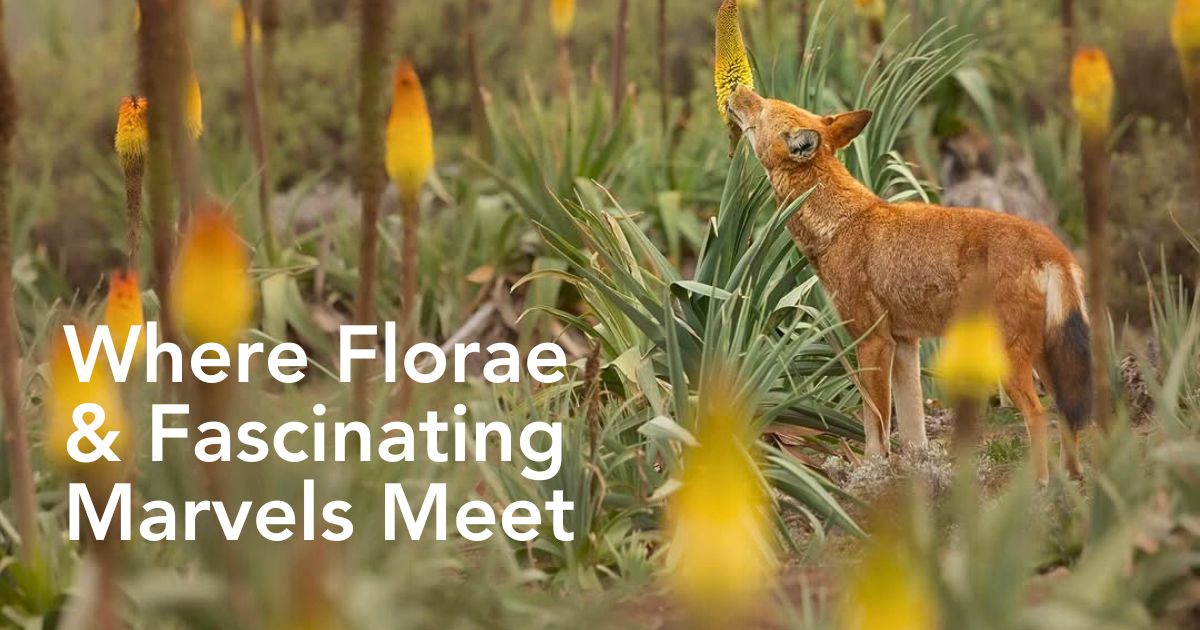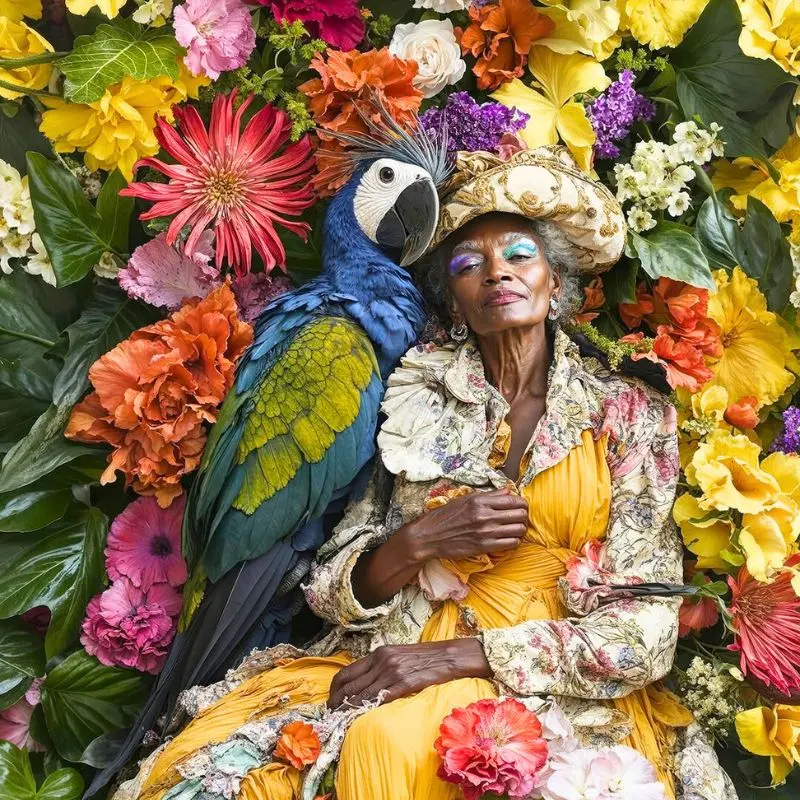Ethiopia is a country of many contrasts. It ships millions of flower stems across the world, yet it is also home to rock-hewn churches carved from volcanic stone directly into mountainsides and coffee ceremonies perfected over generations. A country where modern flower farms exist alongside medieval castles (think the Fasil Ghebbi complex in Gondar). Where modern agriculture thrives in the same soil that produced one of humanity's oldest civilizations. Where hyenas roam freely outside ancient walled cities at night. And volcanic landscapes that look more alien than earthly.
A Country Full of Natural Wonders
Most people know Ethiopia for its coffee, or perhaps its long-distance runners. But mention Ethiopian roses, Veronica, Statice, Gypsophila, or Alstroemeria to anyone in the flower business, and their eyes will light up. The country is one of the leading flower exporters, with its high-altitude plains producing some of the finest flowers one would find anywhere.
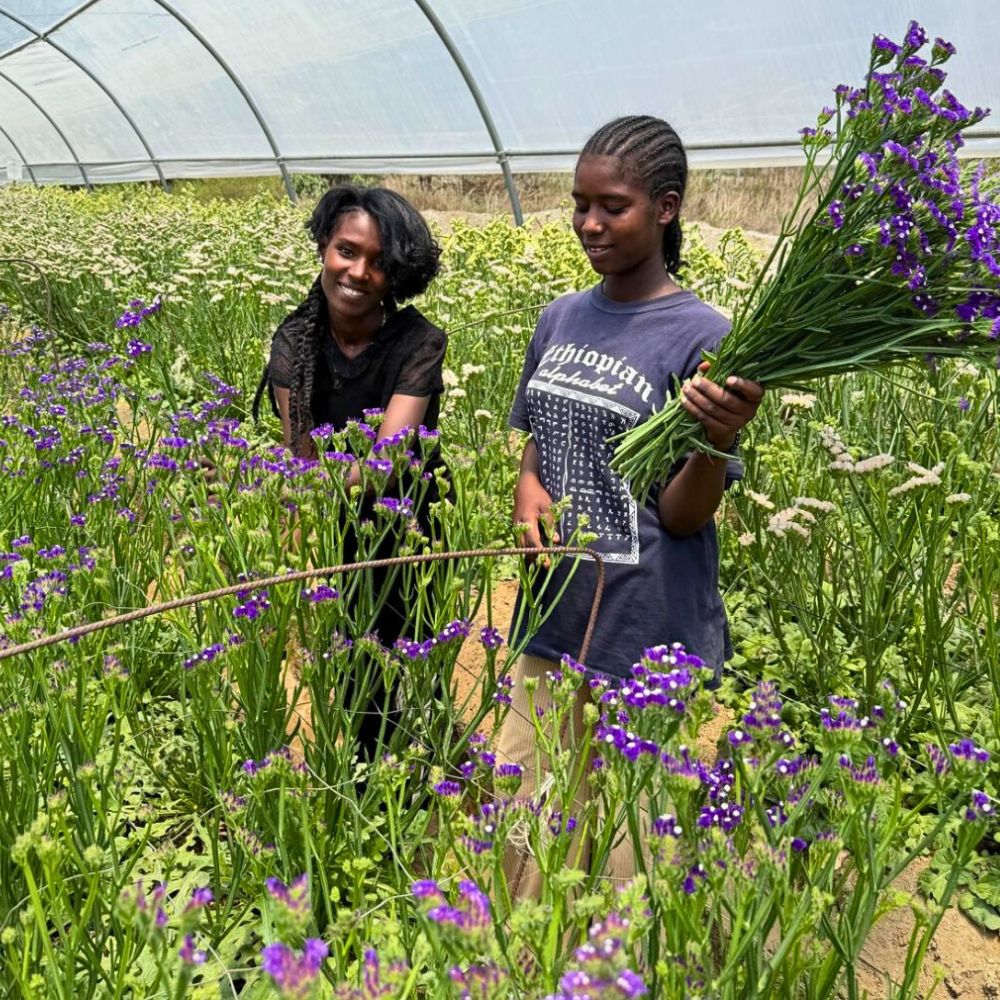
It ranks among the world's top five flower exporters and holds the second position in Africa, trailing only Kenya. With nearly 2,000 hectares dedicated to floriculture and employment opportunities for approximately 200,000 Ethiopians—85% of whom are women—the industry tells much more than economic success. Events like Hortiflora, organized by HPP Exhibitions in partnership with the Ethiopian Horticulture Producers Exporters Association (EHPEA), often showcase this horticultural and floricultural prowess.
Yet, while it is busy dominating the international flower market, Ethiopia is simultaneously sitting on some of the most extraordinary sites, probably unheard of. Away from the greenhouses and flower facilities is a country full of natural wonders, ancient civilizations, and cultural traditions that have survived ages; sites so unusual, so historically significant, and so visually unreal that they make one wonder why they are not on everyone's travel bucket list.
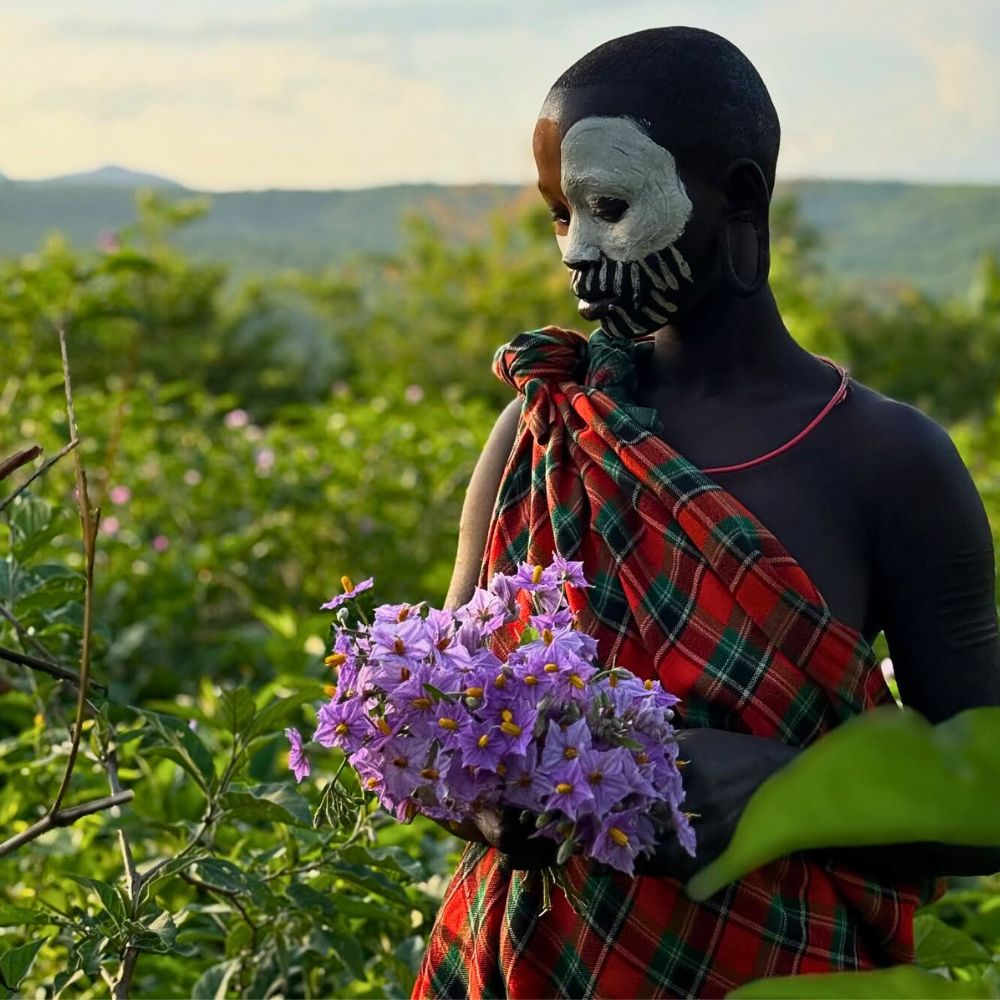
The Cradle of Civilization
Starting with Lalibela, because honestly, where else would one start? This medieval complex features eleven churches carved entirely out of solid rock. Not built with rocks. Imagine taking on a mountain and chiseling downward until you create a three-story church, complete with windows, doors, pillars, and elaborate crosses. Now imagine doing that eleven times, all without modern machinery, somewhere around the 12th century.
King Gebre Meskel Lalibela commissioned these subterranean monoliths to create a 'New Jerusalem' after Muslim conquests halted Christian pilgrimages to the Holy Land. The most famous and photographed among them, Biete Ghiorgis (Church of Saint George), descends 15 meters into the earth in the shape of a perfect cross when viewed from above. It is accessed by a tunnel carved through the rock.
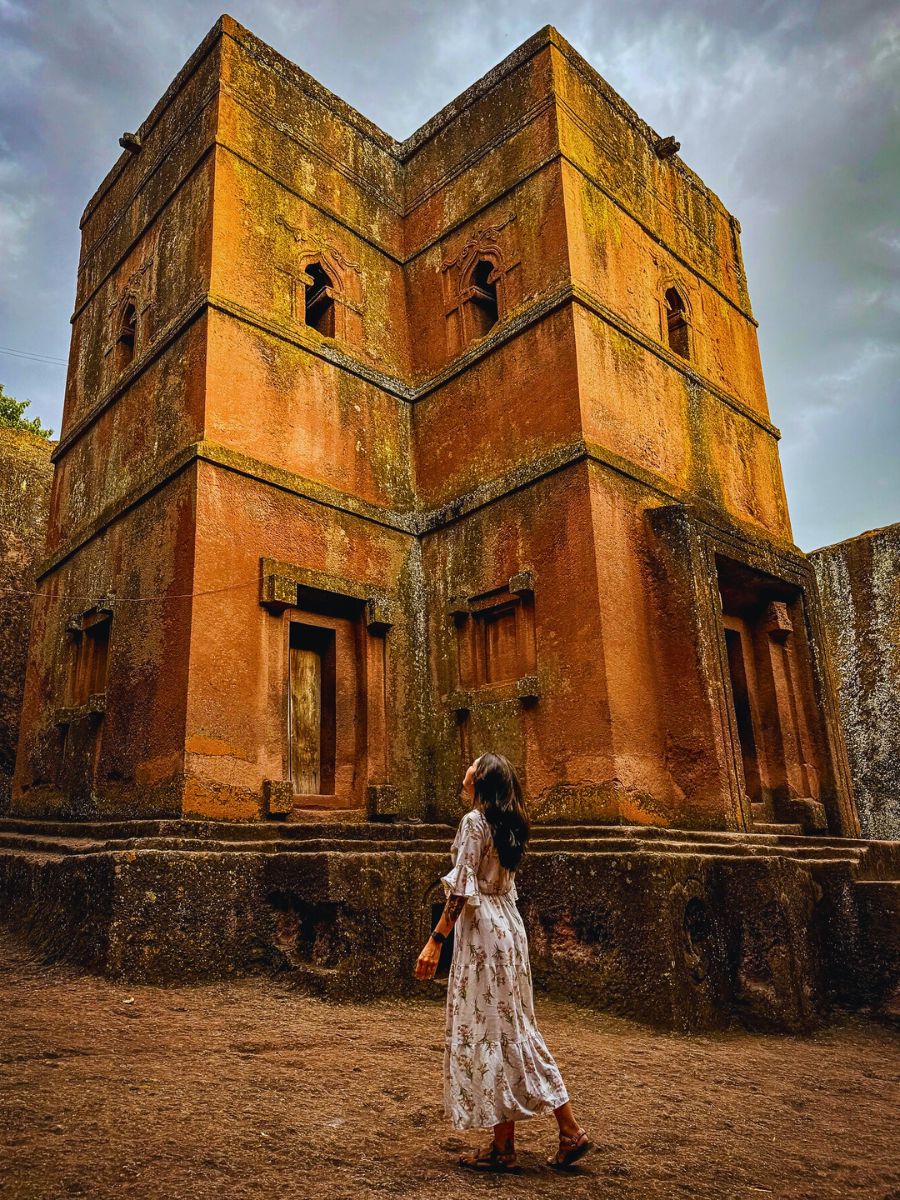
The whole complex is still an active pilgrimage site, so you might visit on a Sunday and find yourself amid centuries-old religious ceremonies, with worshippers draped in white shawls and the haunting sound of traditional chants echoing off ancient stone walls as incense smoke hangs thick in the air. UNESCO calls it a World Heritage Site. Locals feel it is the Eighth Wonder of the World. Either way, it is the kind of place that makes one question everything they thought they knew about medieval engineering.
If Lalibela does not quite scratch your historical architecture itch, head north to Gondar, Ethiopia's capital from 1636 to 1864. Often called the 'Camelot of Africa', this 17th-century royal city contains a compound of castles named Fasil Ghebbi, which look like they were picked from medieval Europe and dropped into the Ethiopian highlands. The architecture is a wild and unique mix of Portuguese, Indian, and Moorish influences.
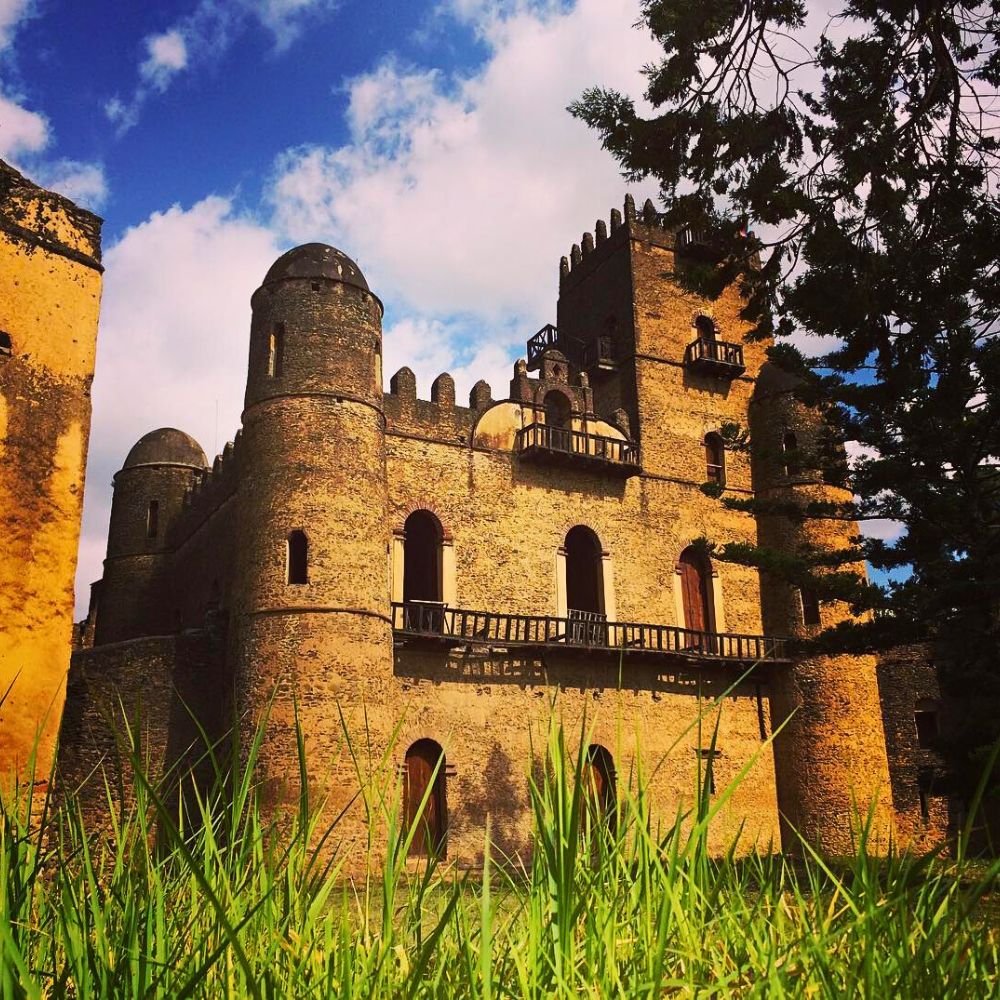
The main castle, built by Emperor Fasilides, features towers, ramparts, and throne rooms quite like many European monarchs' castles. The Castle of Fasilides is the oldest and largest in the Fasil Ghebbi Royal Enclosure—a UNESCO World Heritage Site—offering panoramic views from its upper stories. On clear days, Lake Tana is visible in the distance. The whole compound is surrounded by a 900-meter wall, and nearby you will find Fasilides' Bath, a large sunken pool that fills once a year for the Timkat (Epiphany) celebration, a ritual of mass baptism that draws thousands.
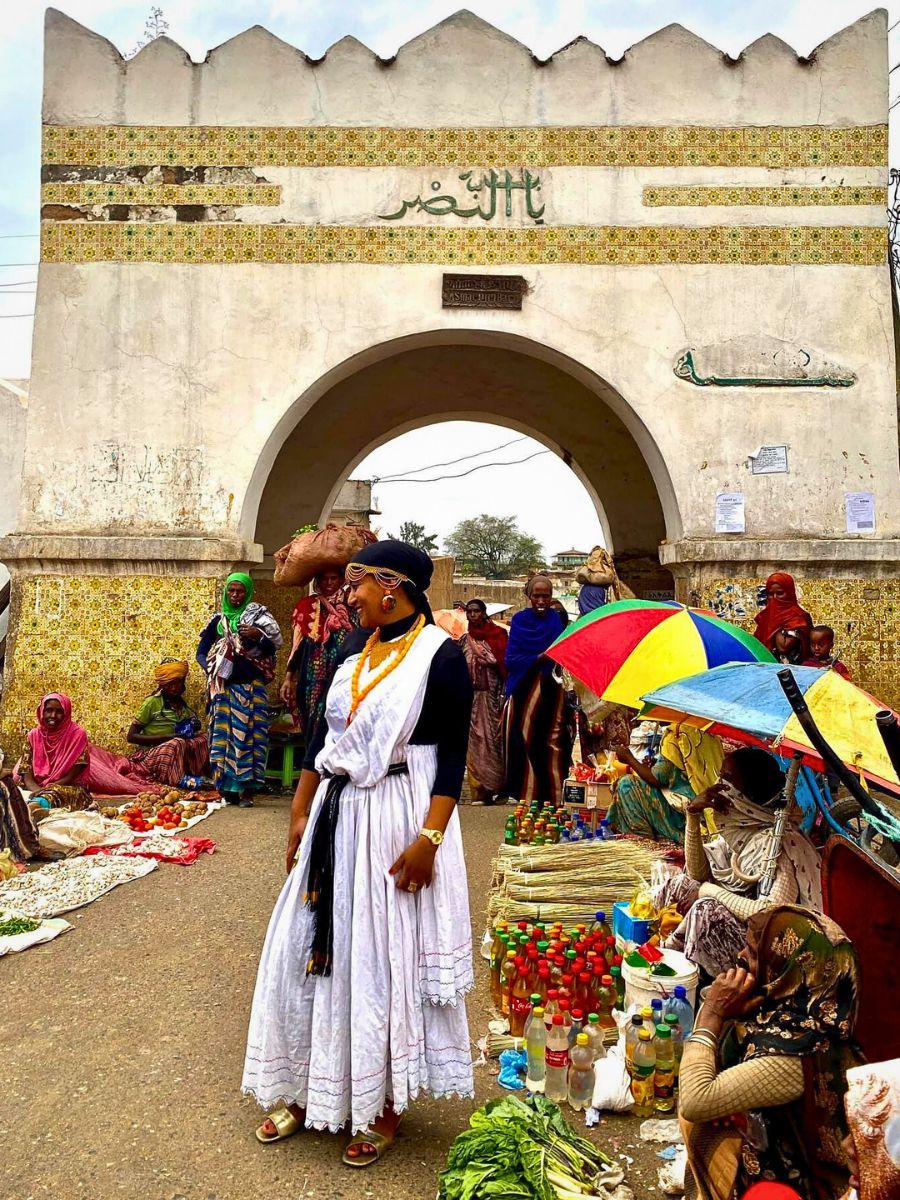
Another marvel, Axum—home to ancient obelisks and possibly the Ark of the Covenant, depending on who you ask—represents Ethiopia's ancient superpower status. This civilization, which flourished from the 1st to 8th centuries CE, became the world's first official Christian state around 330 CE. The Persian prophet Mani regarded Axum as one of the four greatest powers of his time, alongside Rome, Persia, and China.
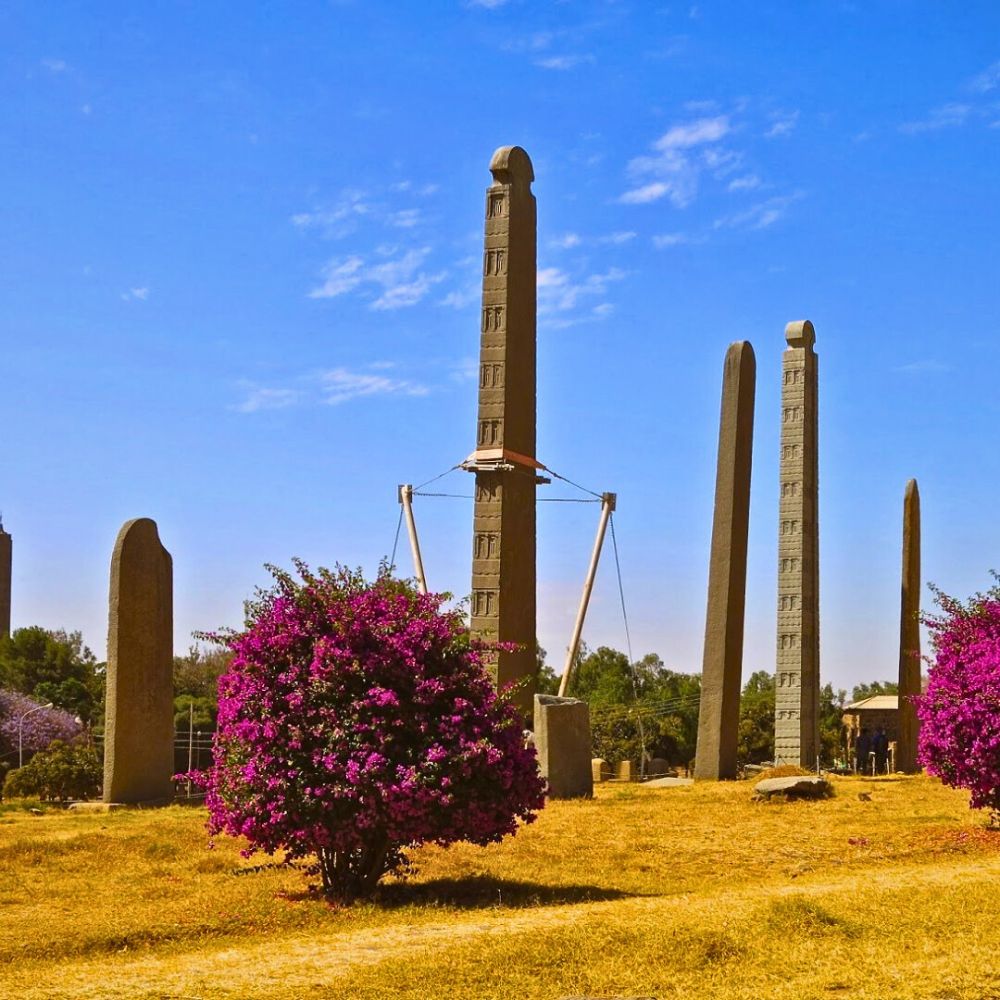
This former capital features giant stone obelisks, some still standing, others toppled, which date back over 1,700 years. They mark royal graves and showcase Axumite engineering prowess. The largest standing obelisk towers 24 meters high, made from a single piece of granite. How they carved, transported, and erected these monuments remains a subject of scholarly debate. The Kingdom of Axum also controlled extensive trade networks, connecting it to Lalibela and Gondar. It developed its own coinage system and created the Ge'ez script still used in Ethiopia today.
Natural Spectacles That Defy Expectation
Need a break from ancient architecture? Then head to the Simien Mountains, a national park that proves Ethiopia is not just about history but also has some serious natural credentials. This UNESCO World Heritage Site features rugged escarpments, deep valleys, and jagged peaks. Millions of years of massive erosion created these peaks and precipices plummeting 1,500 meters. Ras Dashen (Ras Dejen), Ethiopia's highest peak at 4,533 meters, anchors this mountain massif located in the country's northern highlands.
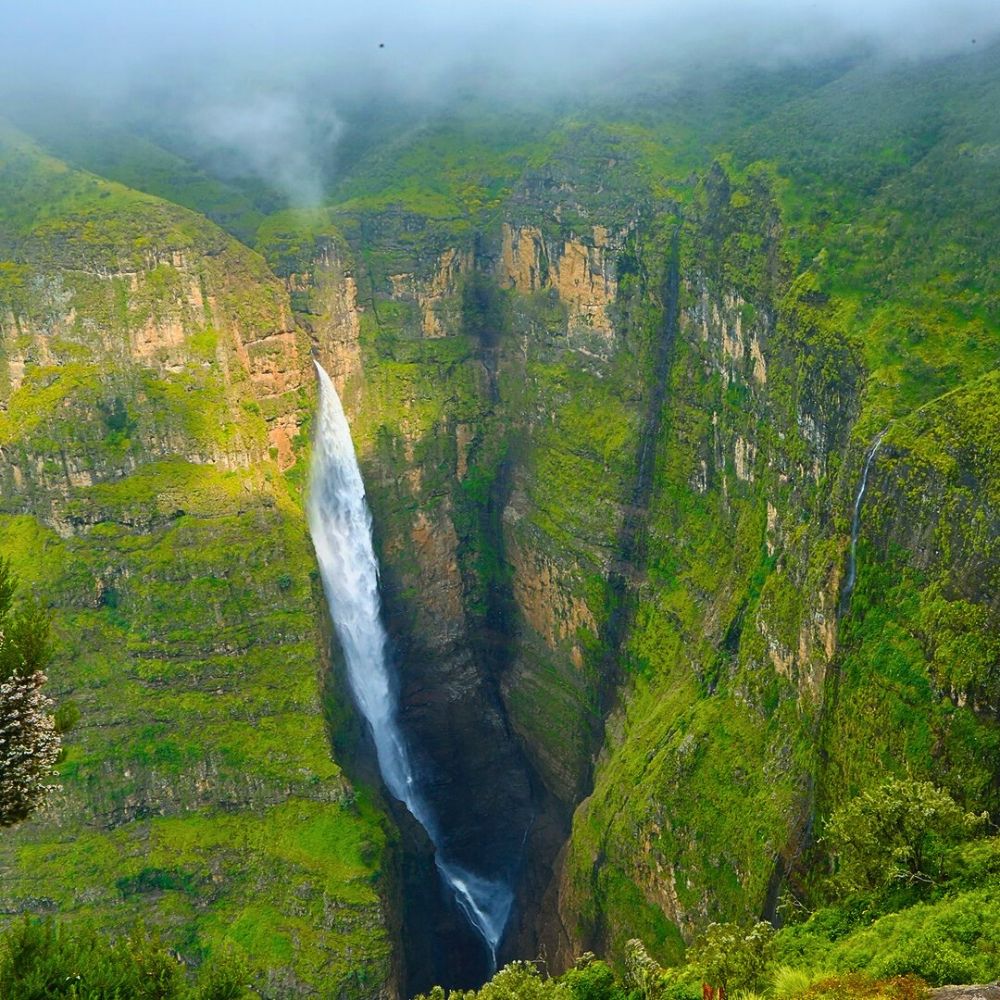
The real stars here are, however, the residents. Simien Mountains are home to several endemic species, including the Gelada baboon (often called the 'bleeding heart baboon' for the red patch on its chest), the Ethiopian wolf, and the Walia ibex, a wild mountain goat found nowhere else on earth. Watching a troop of Geladas on the mountain steppes, their long manes blowing in the wind, is quite something; like a sight from a different planet. More than 180 bird species also inhabit the park, including the bearded vulture with its three-meter wingspan.
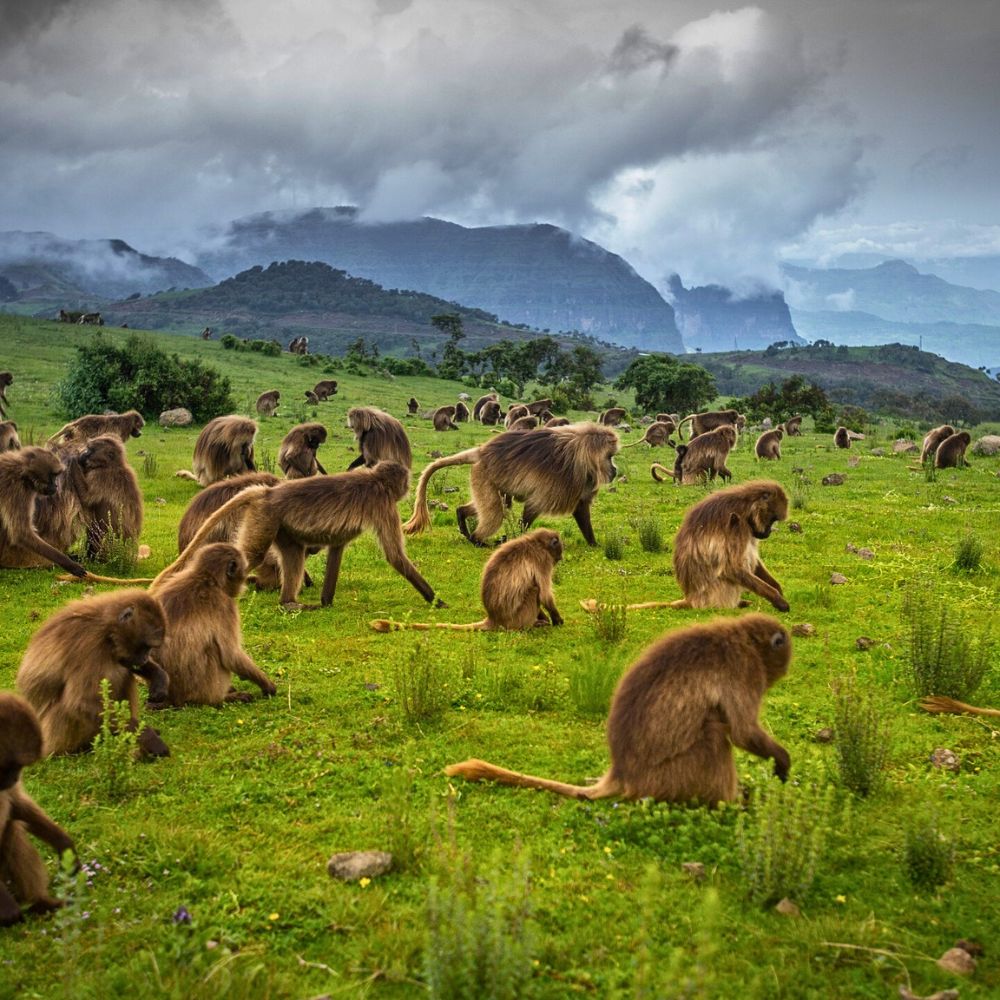
Hiking here is excellent, ranging from day treks to multi-day expeditions. Unlike more crowded mountain destinations, you might have entire valleys to yourself, with nothing but the wind, the wilderness, the wildlife, and views that stretch to the horizon.
For those who find regular landscapes a bit too comfortable, there is the Danakil Depression—one of the hottest, lowest, and most alien places on earth. This is where Ethiopia really shows off its geological wild side. Danakil sits 125 meters below sea level and regularly hits temperatures above 50°C. It is home to sulfur springs that look like they belong on Jupiter, vast salt flats that shimmer white, and Erta Ale, an active volcano featuring a permanent lava lake that glows at night. The site—Dallol—glows in shades of yellow, orange, and green due to sulfur, salt, and other minerals.
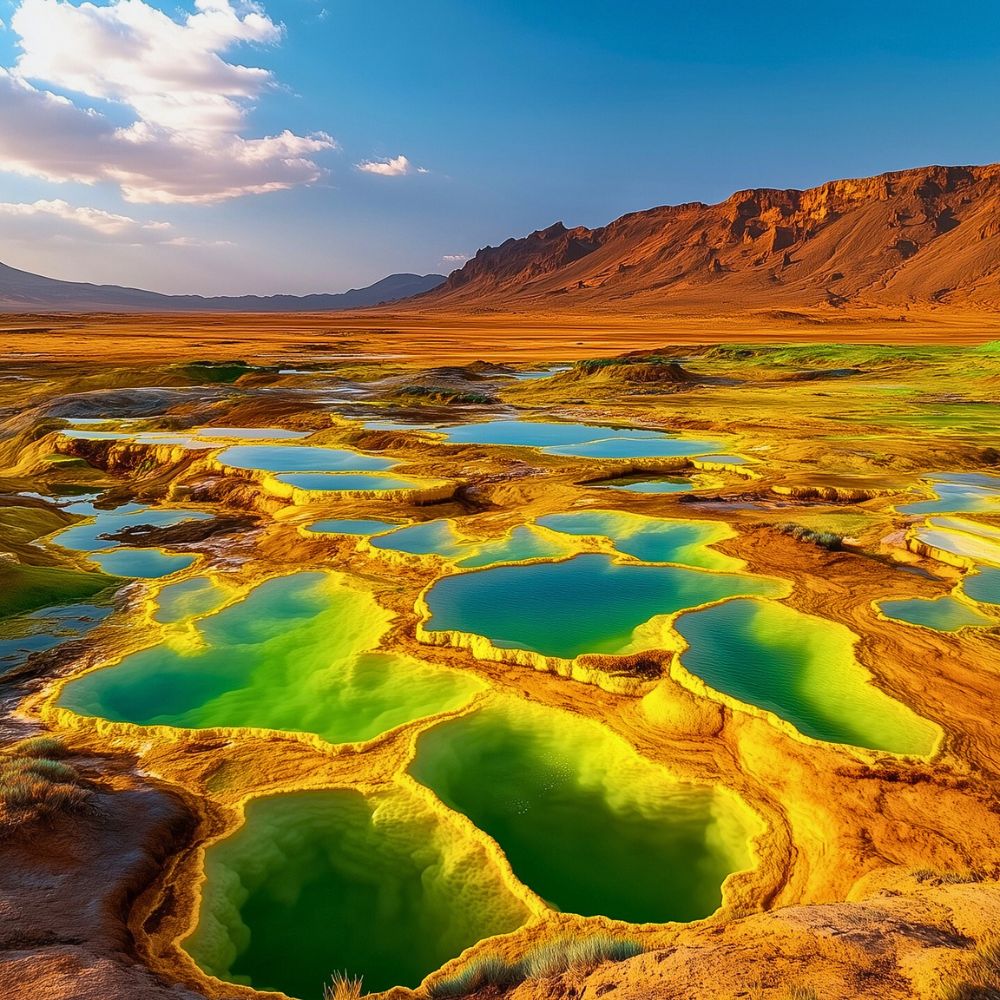
Danakil is harsh, inhospitable, but absolutely magnificent. Visiting requires careful planning and a high tolerance for heat. But those who make the journey are charmed by the science-fiction-made-real landscapes. Hyper-saline lakes Karum and Afdera also sit, fed by hot springs, while the vast salt pans that stretch across the horizon have the Afar people mining and transporting salt through traditional camel caravans.
The Blue Nile Falls, locally known as Tis Abay or 'water that smokes,' plunges 42 meters over a cliff approximately 30 kilometers downstream from Bahir Dar and Lake Tana. During the rainy season, the falls expand to more than 400 meters wide, creating a thunderous wall of spray and mist that gives them their evocative nickname. Though a hydroelectric station has reduced flow during dry months, the falls remain one of Ethiopia's most visited natural attractions. The surrounding riverine forest provides habitat for endemic bird species, including the blue-breasted bee-eater and white-cheeked turaco.
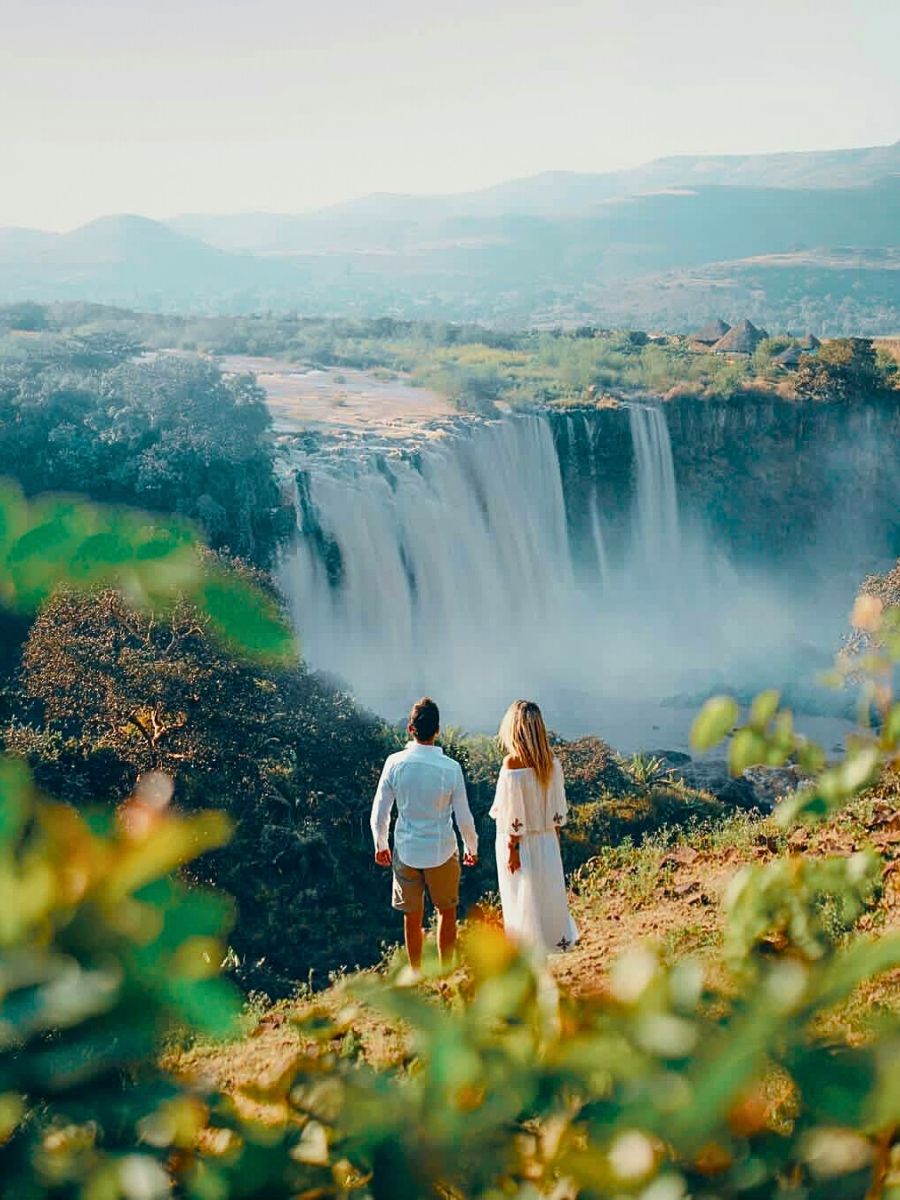
Cultures in the Omo Valley
Southwestern Ethiopia's Omo Valley is one of Africa's most culturally diverse regions. Eight major indigenous tribes, including the Hamar, Mursi, Surma, Kara, Dassanach, and Konso peoples, inhabit this area, maintaining their distinct languages, traditions, and customs largely unchanged for generations. The Mursi people are perhaps most recognizable for the large lip plates they wear.
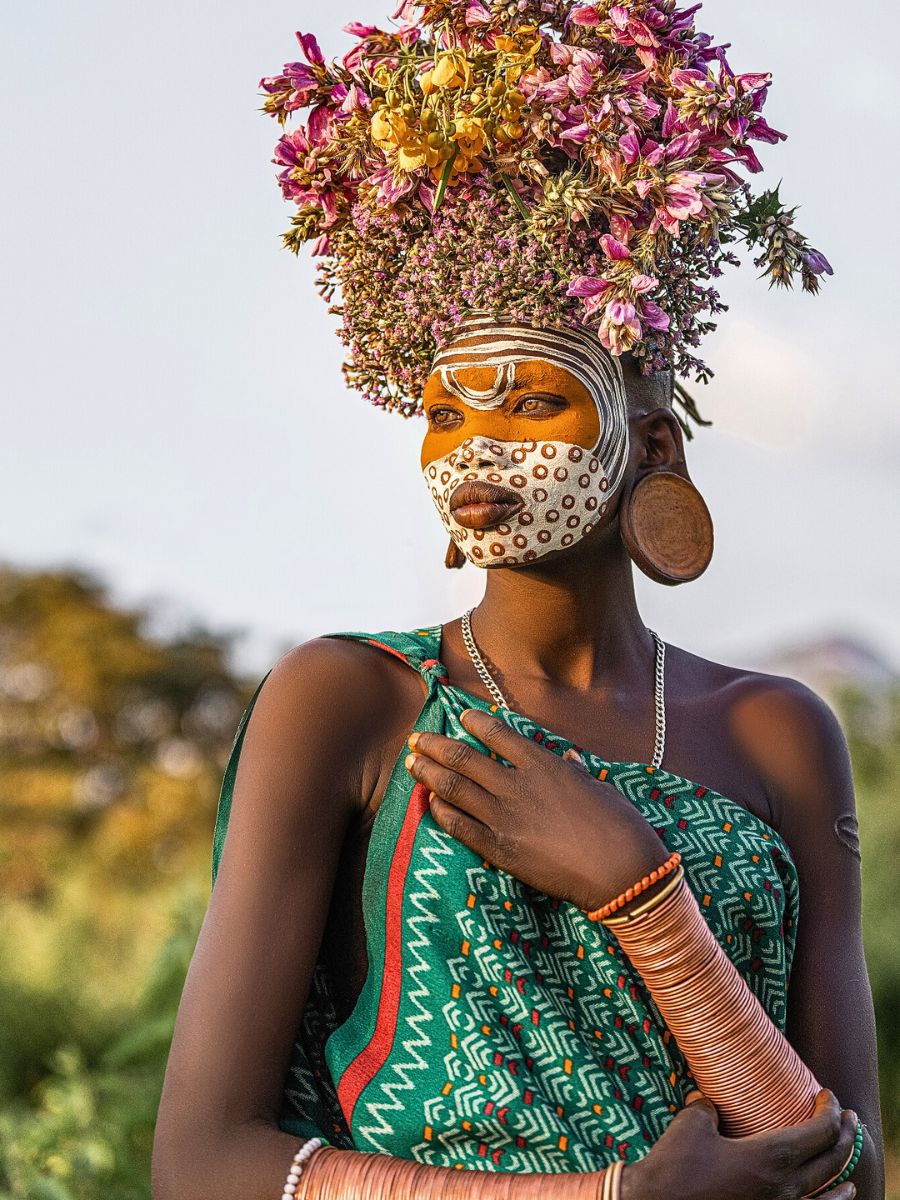
The Hamar are known for their elaborate body decorations and the bull-jumping ceremony marking young men's transition to adulthood. The Kara tribe creates visually striking body art using natural pigments. The Konso, whose terraced farming techniques and cultural landscape earned UNESCO World Heritage status, show refined agricultural practices adapted to challenging terrains.
Visiting the Omo Valley requires cultural sensitivity and respect. Responsible tour operators work directly with tribal elders to ensure tourism benefits are distributed fairly throughout communities. Such encounters give visitors rare glimpses into authentic traditions—ceremonial dances, market days, craft demonstrations—that connect present generations to their past.
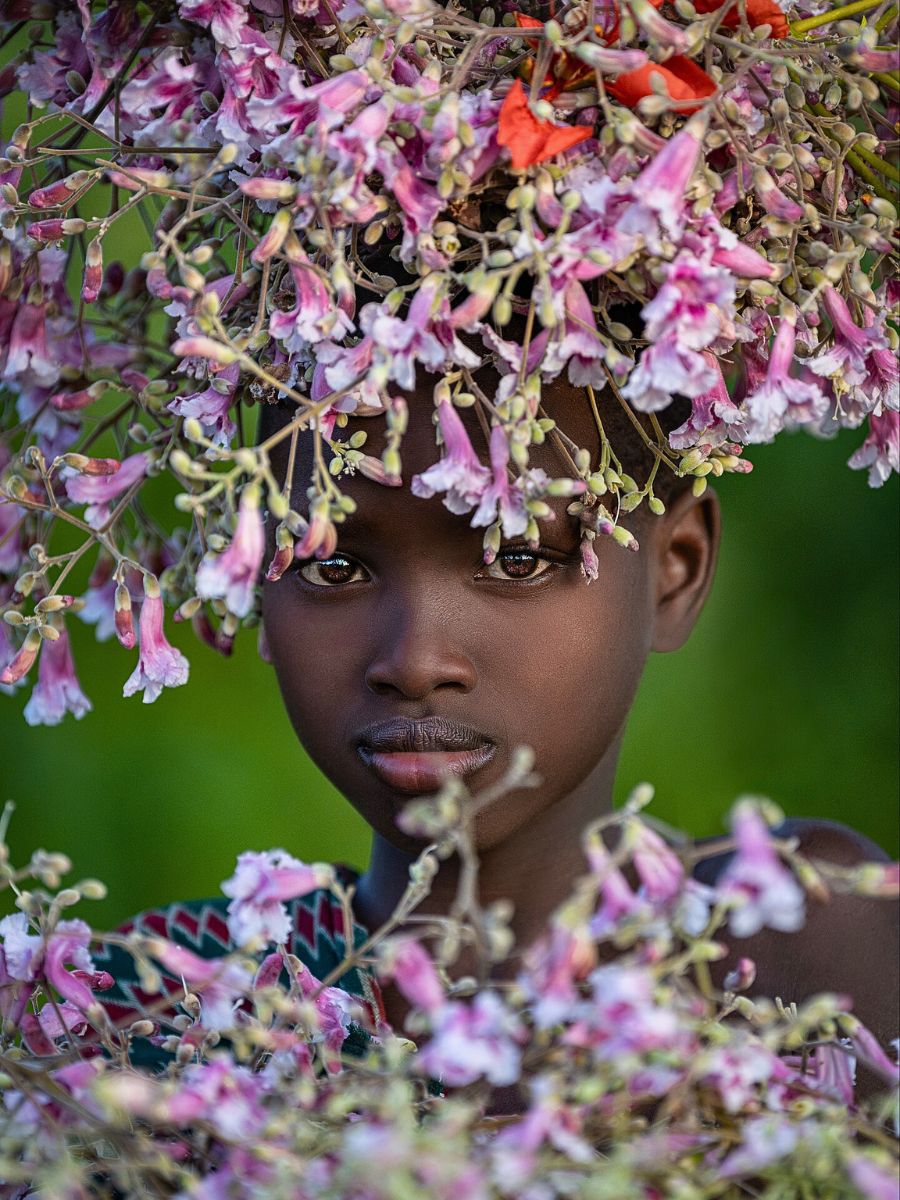
Cultural Traditions Beyond the Tribes
Harar, located in eastern Ethiopia, is one of Islam's holiest cities—some term it the fourth holiest site after Mecca, Medina, and Jerusalem. Often called the 'City of Saints', this UNESCO World Heritage walled city, originally constructed in the 16th century, packs 82 mosques and 102 shrines into roughly a square kilometer. The fortified city, known as Jugol, features narrow alleyways winding through neighborhoods. Here, 40,000 Harari people maintain their Cushitic language and Sufi traditions.
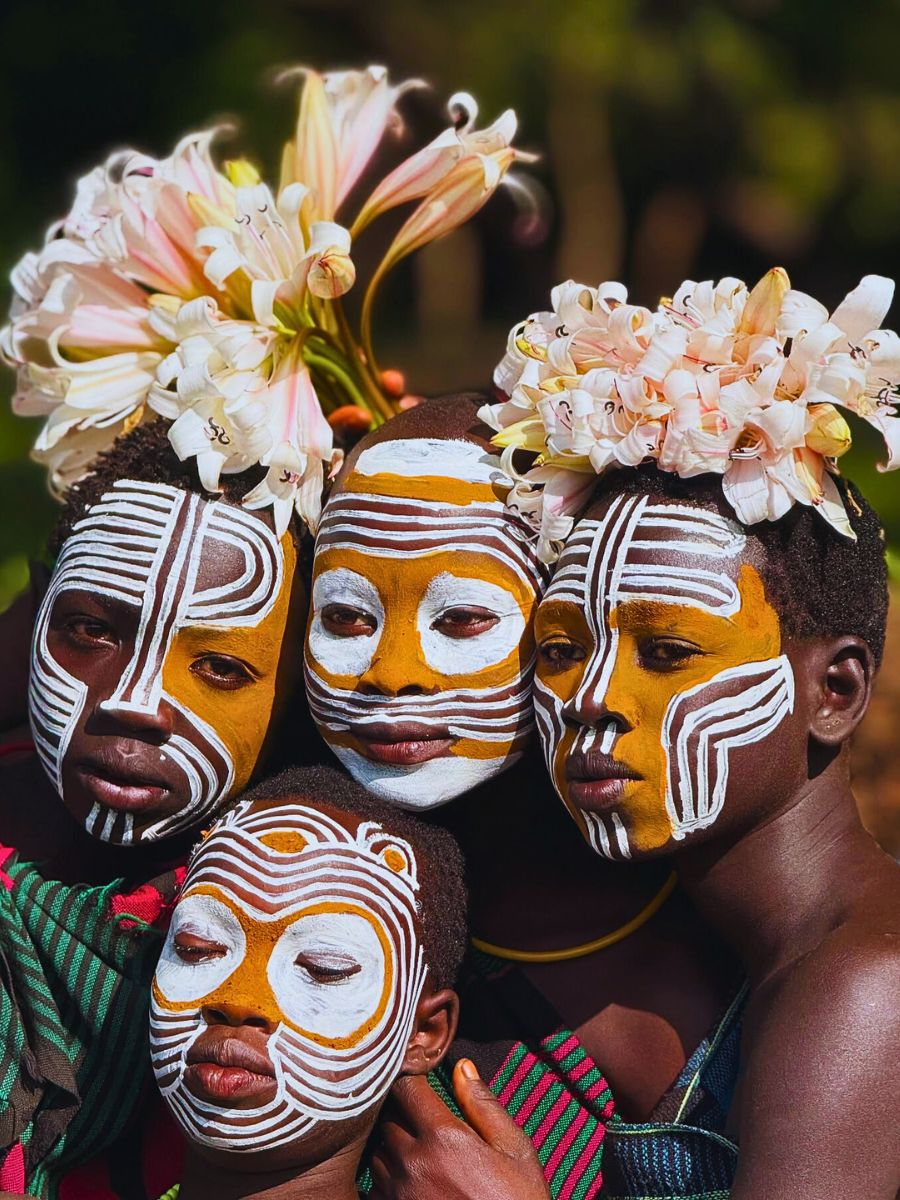
Harar's most peculiar attraction, however, happens after dark. For over a century, local 'hyena men' have fed wild hyenas just outside the city walls, a tradition that began as a practical solution to protect livestock. Today, these nightly feedings continue, with visitors invited to watch, or even participate in, this unusual interaction between humans and predators.
Coffee Culture and Beyond
Ethiopia is coffee's birthplace. The beverage holds sacred status in the country, and the traditional coffee ceremony is a social ritual that can last hours. It symbolizes hospitality, friendship, and community. The ceremony features green coffee beans roasted over an open fire, hand-ground, and brewed in a clay pot called a jebena.
Coffee is served in three rounds: abol, tona, and bereka, each representing progressive spiritual meanings. The ceremony provides time for conversation, advice-sharing, and strengthening social bonds. There is also the food. The injera flatbread is usually topped with spicy stews. Still, Ethiopia also follows its own calendar and clock system, making it literally a place where time moves differently.
Where Flowers, Nature, and Ancient History Meet
Ethiopia's flower industry shows what ingenuity can achieve when given opportunity. Yet its touristic gems—built by nature over millions of years and by humans over millennia—tell an entirely fascinating story.
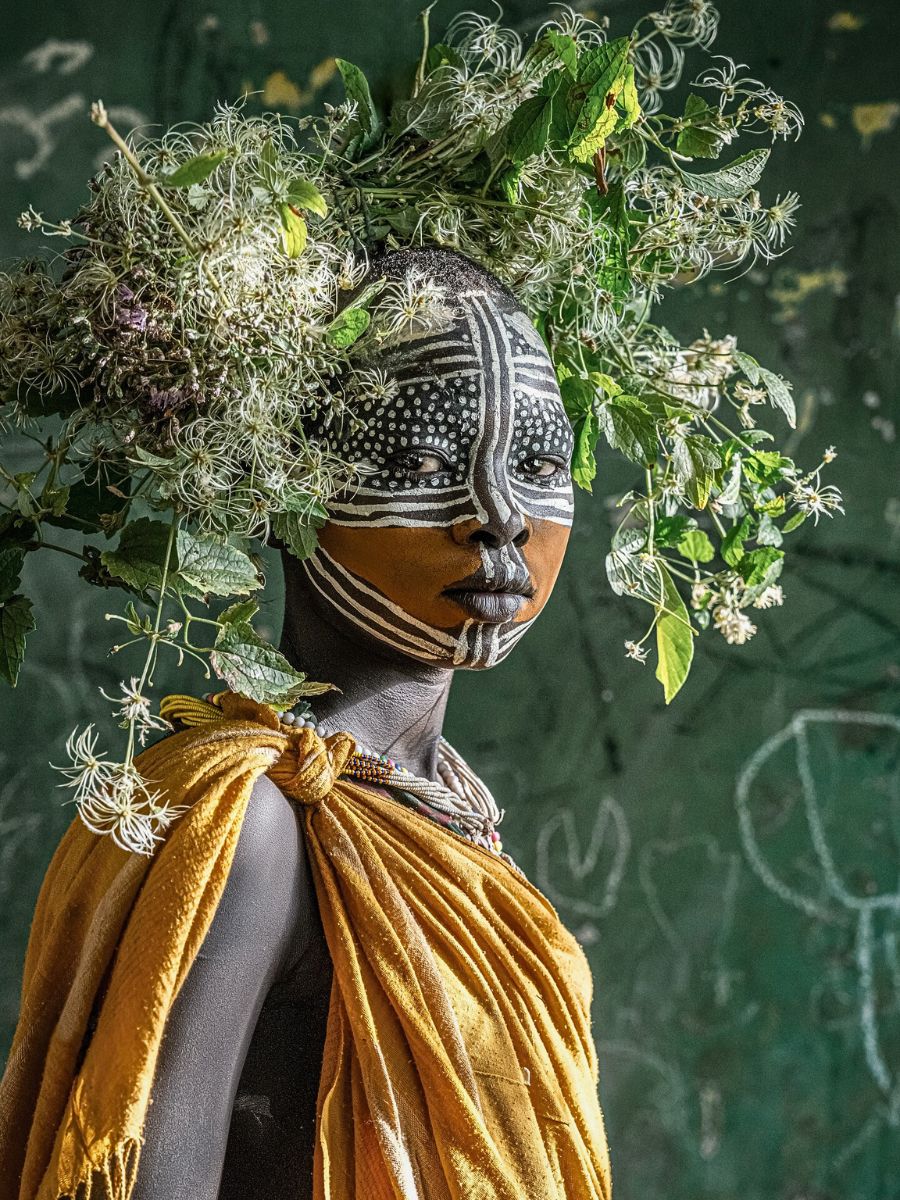
So yes, Ethiopia might ship flowers globally by the ton, its horticultural feats celebrated by events like Hortiflora. But between the floriculture and floral exports, it is a country teeming with ancient wonders, natural marvels, and cultural experiences that deserve equal billing. A place where modernity and medieval coexist, where flower production meets centuries-old traditions.
Feature image by @hamerlandtours. Header image by @evergreeningalliance. Reels: Abuna Yemata Guh by @arthurpassos, and coffee drinking by @mydailyethiopiancoffee.

